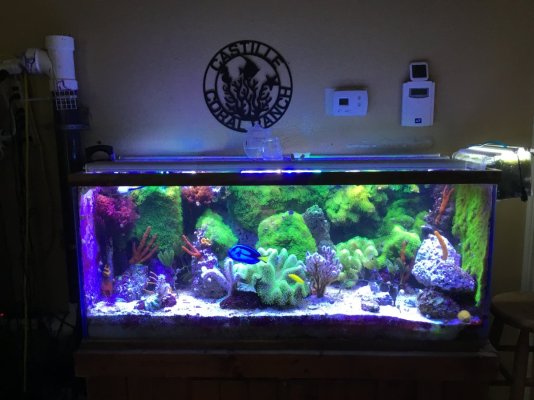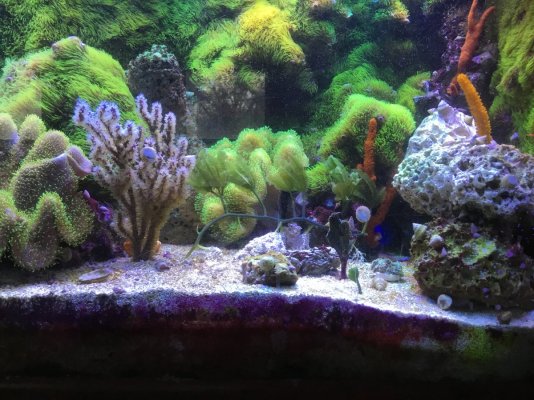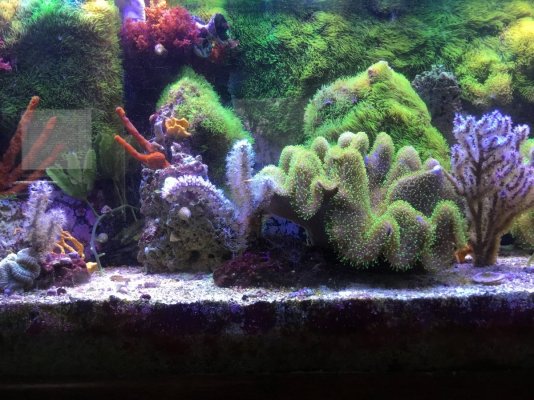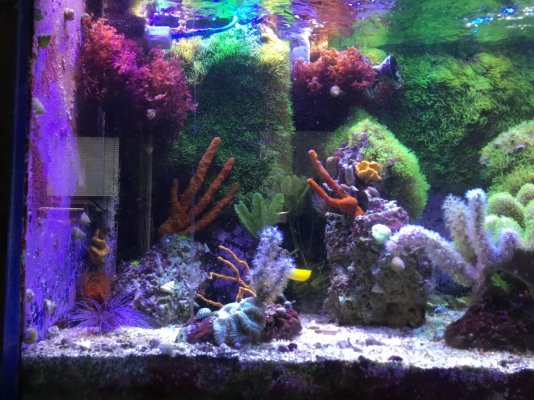Yeah, there will always be outliners. However, that’s not the case for most peoples tanks.I do not know - but this is my sand without any maintenance from me for the last 5 years.......... IMO - the magic that´s happens maybe can be spelled ecological and biological principles...........
View attachment 3044318
View attachment 3044319
View attachment 3044320
Sincerely Lasse
Your tank is definitely not the norm, just the fact that you have those huge deresa clams that will be sucking up a ton of nutrients from the crud that accumulates and breaks down is an enormous benefit. Not to mention the very large coral mass va water volume.























